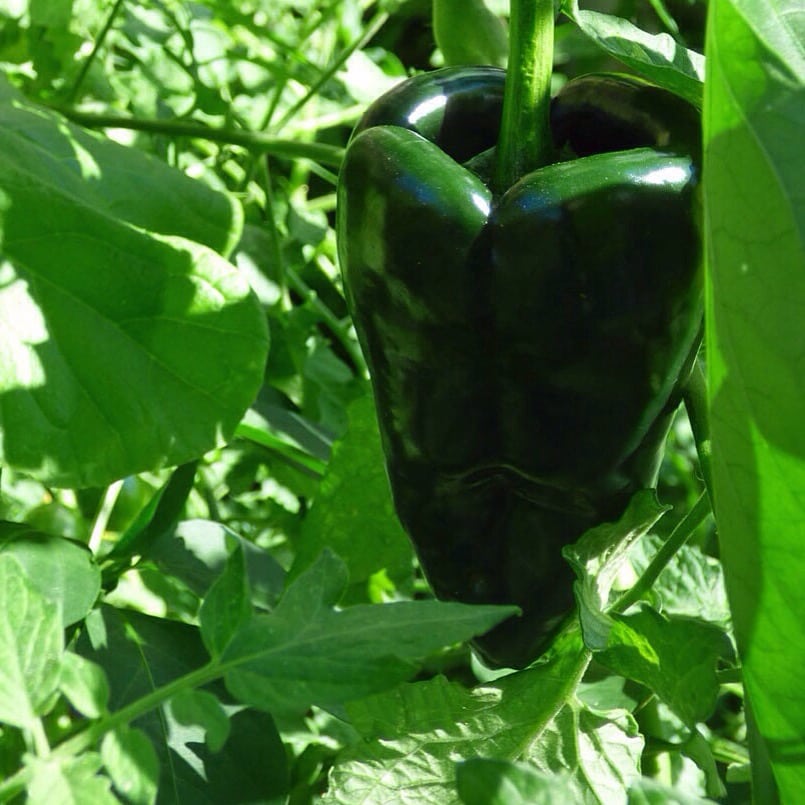What Are Poblano Peppers – How To Grow A Poblano Pepper Plant


What are poblano peppers? Poblanos are mild chili peppers with just enough zing to make them interesting, but considerably less than the more familiar jalapenos. Growing poblano peppers is easy and poblano uses are nearly unlimited. Read on to learn the basics of growing poblano peppers.
Poblano Pepper Facts
There are a number of poblano uses in the kitchen. Since they’re so sturdy, poblano peppers are ideal for stuffing. You can stuff them with nearly anything you like including cream cheese, seafood, or any combination of beans, rice, and cheese. (Think chili rellenos!) Poblano peppers are also delicious in chili, soups, stews, casseroles, or egg dishes. Really, the sky is the limit. Poblano peppers are frequently dried. In this form, they are known as ancho peppers and are considerably hotter than fresh poblanos.
How to Grow a Poblano Pepper
The following tips on growing poblano peppers in the garden will help ensure a good harvest: Plant poblano pepper seeds indoors eight to twelve weeks before the last average frost date. Keep the seed tray in a warm, well-lit area. The seeds will germinate best with a heat mat and supplemental lighting. Keep the potting mix slightly moist. Seeds germinate in about two weeks. Transplant the seedlings to individual pots when they are about 2 inches (5 cm.) tall. Plant the seedlings in the garden when they’re 5 to 6 inches (13-15 cm.) tall, but harden them off for a couple of weeks first. Nighttime temperatures should be between 60 and 75 degrees F. (15-24 C.). Poblano peppers need full sunlight and rich, well-drained soil that has been amended with compost or well-rotted manure. Fertilize the plants about six weeks after planting using a water-soluble fertilizer. Water as needed to keep the soil moist but never soggy. A thin layer of mulch will prevent evaporation and keep weeds in check. Poblano peppers are ready to harvest when they’re 4 to 6 inches (10-15 cm.) long, approximately 65 days after planting seeds.
Gardening tips, videos, info and more delivered right to your inbox!
Sign up for the Gardening Know How newsletter today and receive a free copy of our e-book "How to Grow Delicious Tomatoes".

A Credentialed Garden Writer, Mary H. Dyer was with Gardening Know How in the very beginning, publishing articles as early as 2007.
-
 Looking For Plants To Give You The Soft And Fuzzies? Try These 5 Fuzzy Leaf Plant Options
Looking For Plants To Give You The Soft And Fuzzies? Try These 5 Fuzzy Leaf Plant OptionsLovers of texture, drama, silver foliage and tactile plants will adore these special sensory garden additions. These fuzzy leaf plant options will leave you all aglow
By Susan Albert
-
 Get Ready For A Summer Of Hummers! Grow These Full Sun Hummingbird Plants and Flowers
Get Ready For A Summer Of Hummers! Grow These Full Sun Hummingbird Plants and FlowersIf you’re lucky enough to enjoy a sunny backyard, make sure you are maxing out on your pollinator opportunities and grow these full sun hummingbird plants and flowers
By Tonya Barnett